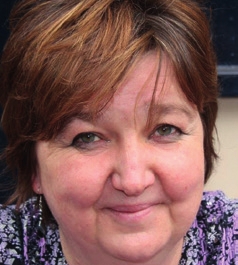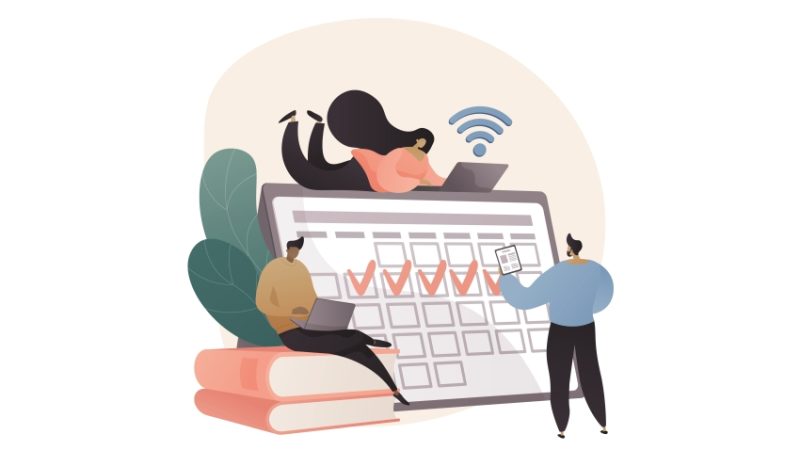‘Communication is everything – and we all have a voice that deserves to be heard’

Carol Allen explores how teachers and students are using technology to open up effective lines of communication – across all barriers…

- by Carol Allen

The ability to contact and correspond with others has never been simpler, due to the increasing prominence of technology and social media.
By the end of each day, most of us will have received numerous phone calls, texts messages, emails, and social media updates. Even when we are on our own, communication is a constant in our lives. It is a two-way process that links us to the world around us, allowing us to form and develop relationships, share our failures and successes, learn about the world around us and educate others.
With this in mind, it is crucial that pupils with special educational needs and disabilities (SEND) are given the resources and help needed to effectively communicate with their peers and teachers, as then – and only then – can learning really begin.
Technology for connection
Establishing a method of communication with those who have complex barriers can be difficult, but there have been significant developments in technology, which now means that there are many options available.
For those with visual impairment, Braille was, for a long time, the main established method of reading and writing.However, we now have speech to text, text to speech, Braille apps, screen readers, voice recorders and many other methods of supporting communication, which has significantly improved communication provision.
For pupils with motor and speech impediments, there are a variety of portable or wheelchair-mounted devices available, such as the range from Tobii Dynavox. These devices are usually touch, switch and eye gaze accessible, and in addition to giving the user a voice, offer many other communication routes – such as the ability to send and receive email, send texts, actively participate in social networking and make phone calls.
A new language
There are a variety of methods available that can help support learners who have several impairments. The Royal Blind School in Edinburgh developed Canaan Barrie on-body signing systems, which revolutionised communication methods for pupils with SEND. It’s a wider communication approach that has created a new language for pupils and enabled teachers to put themselves in the place of the child, rather than viewing the world as a sighted individual.
The person using the on-body signing, such as a teacher, uses movements to represent words or phrases. Communication is shared in terms of responses, such as movement or relaxation, possible vocalising or quieting, changes in breathing patterns, eye movements and blinking, facial expression – in fact, any combination of body activities that the person uses.
As we work with students with complex needs, we learn to interpret their unique communication.
Recognise the possibilities
With the proliferation of modern technology, it is easy to forget about older devices which still have a lot to offer. For example, you may be surprised to learn that walkie-talkies, those small, inexpensive devices that might have sat in your cupboard without batteries for years, can be used to improve communication in the classroom, as they allow for asynchronous communication – while one person speaks, the other can only listen.
This makes them useful for those young people who might frequently interrupt when they’re given answers and instructions as part of, for example, treasure hunt games, sequence games, traditional barrier games and so forth.
It can be very valuable to search the internet for inspiration and advice from others, and discuss and share ideas with other schools and teachers, as this way, the best communication methods for children with SEND can be utilised. I have learned so much from following young people on their YouTube channels, their tweets, their Facebook posts and messages.
Recently, two particular examples piqued my interest: the first, a book by Luke Jackson – Sex, Drugs and Asperger’s Syndrome – in which he reflects on his teenage years and growing into adulthood. The second is the Emergency Chat app created by a young man with autism, Jeroen De Busser, who wanted an emergency app on his phone to help him if he found himself in a position where speech was not possible.
Communication is everything, and we all have a voice that deserves to be heard. Our students now have so many ways to express themselves, to find and share their ‘voice’, and are using technology to create what they need.
As educators, we must recognise the possibilities and options available, and do everything we can to enable communication, so that pupils with SEND are able to learn, explore and, most importantly, communicate.
Carol Allen is a school improvement adviser (ICT and SEN) with North Tyneside City Learning Centre; for more information, visit www.ntclc.org.uk or follow @TeachICT_NT










